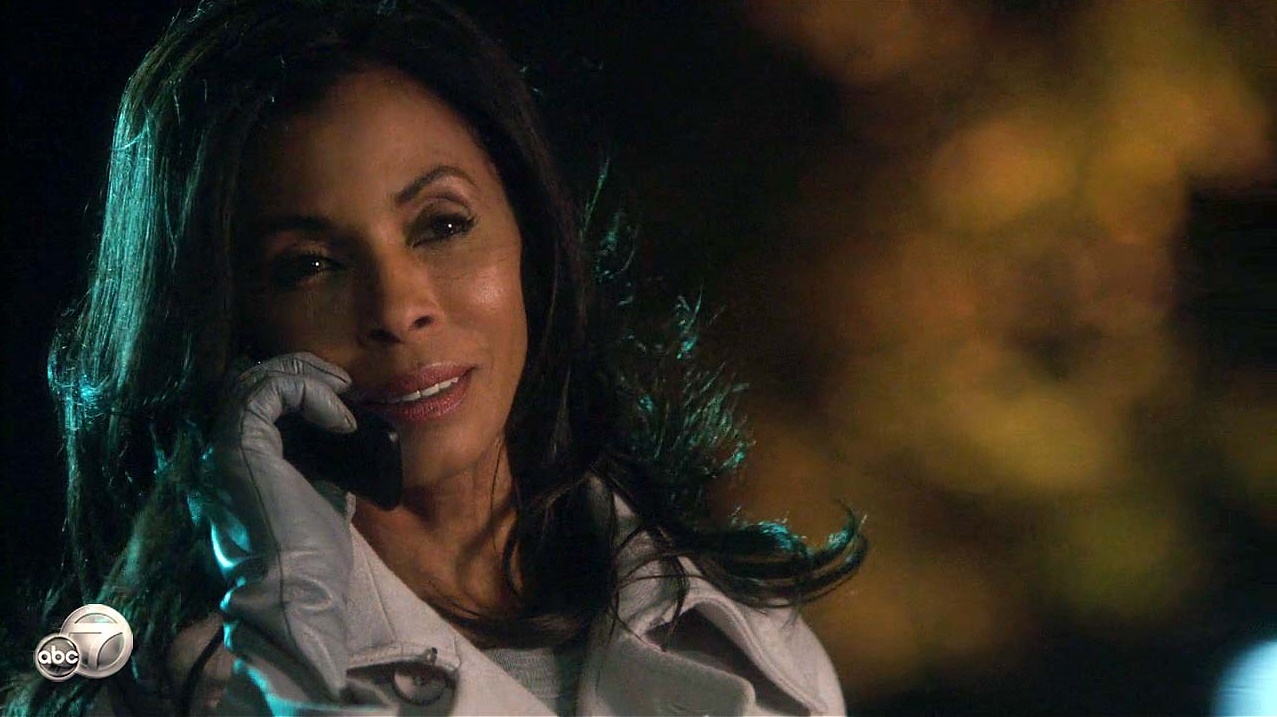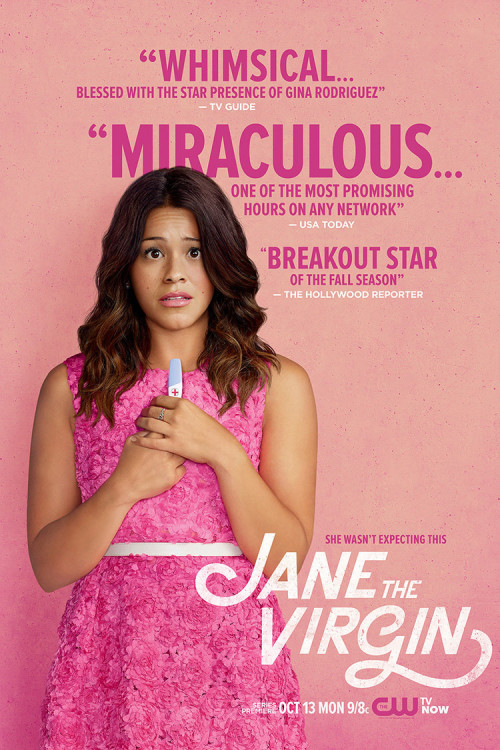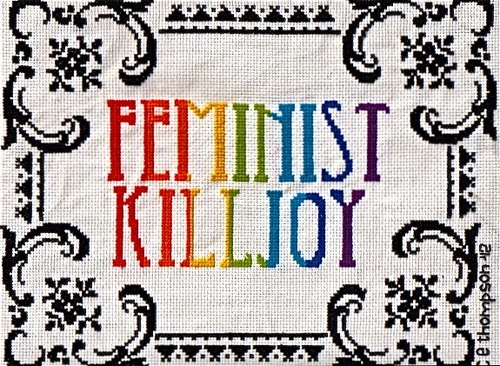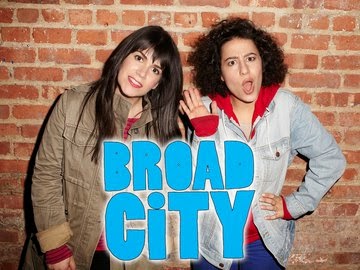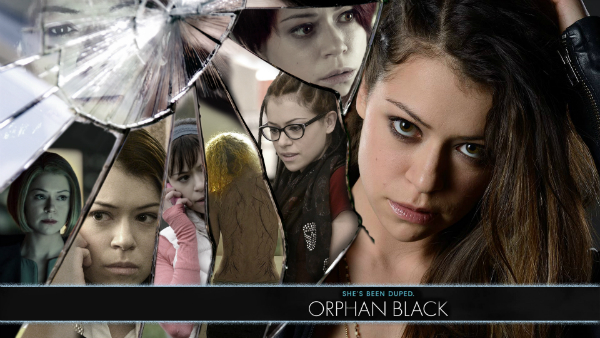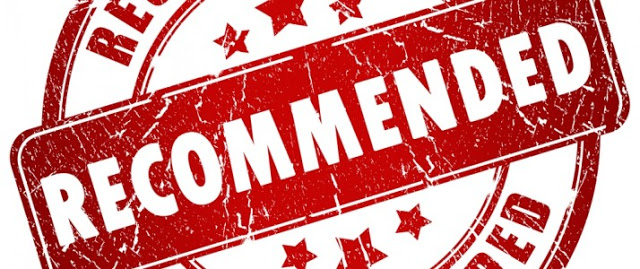Written by Katherine Murray.
ABC announced late last week that Super Fun Night, Rebel Wilson’s half-hour comedy about being supremely uncool, was getting the axe. After 17 very strange episodes, it’s time to look back and figure out what went wrong (and right) with this offbeat series.

Super Fun Night is/was a sitcom produced by Conan O’Brien, starring the hilarious Rebel Wilson as Kimmie, an awkward, uncool lawyer who lives with her awkward, uncool friends, while pining after her handsome, unattainable co-worker, Richard. It’s significant that Kimmie lives with her high school friends, since the defining question of the series is whether or not being cool is the prerequisite to having a satisfying life.
Kimmie, who would like to think of herself as being a little bit cool, drags her friends into misadventure by taking them out of the apartment and into the city on various outings they call “super fun night.” Also, she works in an office and stuff.
The show includes a strange mishmash of singing, and jokes, and serious after-school-special moments about accepting yourself. At times, it tantalizes you with the idea that it might actually be good, only to let you down in the following episode. There were lots of things to like and dislike about it, but I enjoy finding fault with other people’s work, so let’s start with the stuff that went wrong.
The Stuff that was Wrong
● The American Accent
Rebel Wilson is Australian; her character is not. That is a mistake of huge proportions, mainly for the reason that a lot of Wilson’s comedy comes less from what she’s saying, and more from the specific way she says it. For some unknown reason, Kimmie is American, and you can hear Wilson struggling with the accent during the first few episodes. It flattens her delivery and makes it hard for her to use the right inflection to carry off a joke.
Wilson has explained that the decision sprang partly from the fact that Kimmie is supposed to have gone to school in America, but, if the character had moved from Australia as a teen, I doubt anyone would have cried foul.
● The Law Firm
Kimmie is a lawyer in the way that children imagine people are lawyers – she’s vaguely in an office setting, wearing a suit, doing legal-sounding things. Her job bears absolutely no importance to the story, and yet the show insists on following her to work, where her career and her coworkers are drawn in very broad strokes, and not nearly as entertaining as the rest of the show.
It seems from the title, and the pilot (which aired as the eighth episode), that the real meat of the story is Kimmie’s interaction with her friends, Helen-Alice and Marika, who are also the funniest and most specific characters. It would have been easy to structure the show so that each episode was focussed on whatever Kimmie and her friends achieved on “super fun night,” and it’s surprising that so much screen time is instead given to Kimmie moving papers around at an imaginary job.
The only interesting fact about the law firm is that, between two Australian actors and one Englishman, nobody who works there is American. I’m pretty sure Matt Lucas even showed up in the elevator. As a citizen of the Commonwealth, I’m pleased that our invasion is proceeding according to plan.
● The Woman With No Personality
It’s clear that the series did not know what to do with Kimmie’s arch nemesis, Kendall. She’s the shallowest character, and the role was changed and re-cast after the pilot (some of the official websites still show a photo of the original actress, because that’s the level of support this show got on the ground).
The problem with Kendall is that she isn’t a person. She’s the most archetypical character on the show – a projection of what we imagine pretty, successful career women must be like (confident, lovelorn, a little bit mean), lacking in the little quirks and details that make the other characters seem human. Even after the writers flip the script and try to make Kendall into Kimmie’s friend, we never get a sense of who she is, beyond how she makes Kimmie feel awkward and slovenly by comparison. It drags down the law firm scenes even more.
● The Tinkley Piano Music
This is not actually a complaint about the music (though the music numbers were weird). It’s a complaint about the Very Special Moments the series had where the characters Learned A Lesson or otherwise expressed their innermost emotions in an entirely serious way. Kimmie is a virgin! Marika is a lesbian! Both of them were really unpopular in school!
Super Fun Night tries really hard to be sensitive to all of these things (and more – so many more) by not laughing at the characters, or shaming them for their experiences. That’s awesome, but, given that this is a comedy, it would also have been nice if the writers had found a way of laughing with the characters instead, so that at least there could be laughter.
In spite of these issues, though, I confess that part of me was pulling for this series to succeed. And that’s because of the stuff that went right.

The Stuff that was Right
● Kimmie’s Relationship with James
After Kendall and Richard start dating, they set Kimmie up with one of Richard’s friends. Kimmie spends the week fantasizing about what kind of suave, handsome, Richard-like man they’ve selected, only to find out it’s James, a goofy fat guy, who seems kind of loud.
Kimmie’s first reaction is to feel insulted that this is who Richard and Kendall imagine her with, but, once she gets to know James, it turns out she likes him a lot. She realizes, in a fairly understated way, that even though she’s used to being dismissed because of the way she looks and the awkward first impression she makes, she made the same mistake with James. It’s a nice, self-aware moment in which the audience takes the same journey as Kimmie – James is presented in such a way that we’re encouraged to find him disappointing (and to think that the joke is going to be “look what an awful blind date this is”) before the situation reverses, and we realize that he’s really an OK guy.
The series also ends on a really strong note, in terms of the Richard-Kimmie-James love triangle. Richard and Kimmie have always been friends – they share some of the same interests, and dork-out to the same kinds of things – but, once Kimmie starts dating James, Richard suddenly decides that he’s in love with her. He makes his feelings known during the final episodes of the series, right before he gets on a plane to leave the country and start a new job. Now that Kimmie finally has the chance to be with the man she’s been dreaming about, she frantically runs to the airport to tell him… that she thinks he’ll do really well at his new job and she wishes him the best.
Kimmie makes the mature choice of staying with James, the guy she’s actually built a relationship with, rather than chasing after Richard and the idealized romance she had with him in her mind. In real life, this may be what most sensible people would do, but, in TV land, this is the sitcom equivalent of “Ned Stark dies.” It completely reverses our expectations about how the story is going to play out, and shows that the writers are doing something insightful and intelligent with the genre. If I was going to identify a single reason why Super Fun Night deserved to exist, it would be that scene at the airport.
● Actual Lesbians (Not Just Lesbian Jokes)
One of the running jokes in the series is that everyone except Marika thinks that Marika is gay. The reasons for this mostly rely on stereotypes like the way she dresses, her love of sports, and the coffee table she built out of salvaged railway ties, but Marika also shows an obvious interest in other women, and an obviously fake-sounding interest in dudes, making her denial seem absurd.
Even if it’s a little heavy-handed (or a lot heavy-handed) it’s nice that Marika’s story line actually finishes out with her finding an awesome new girlfriend and accepting herself as she is (which means that the “LOL @ your lesbian coffee table” jokes also end). If you’re going to joke about your characters being gay, you earn it a little bit more if you’re willing to follow through by actually making your characters gay.
● It’s Totally Fine to Act Like a Dork
The thing that really set the series apart and made it seem special was this: the main characters, who are supposed to be kind of uncool, are actually kind of uncool. This isn’t a thing where they’re just wearing glasses (though one of them is wearing glasses). It’s a thing where their ideal Friday night involves cookies and DVD sets, and they keep fantasy figurines on their desks, and they have anxiety attacks about riding the subway, and they congratulate themselves for daringly eating papaya.
Most of the funniest jokes on the show are about this – which is why most of the funniest parts of the show involve Kimmie’s friends rather than her coworkers – but there’s no suggestion that the characters need to fundamentally change who they are in order to be cooler people. At the end of the pilot episode, they manage to agree that they will “sometimes” leave the apartment to venture outside, and that’s about as far as the concessions go.
It isn’t a novel idea that being a geek, nerd, or dork can be fine, but most of the celebrated characters within that niche are men. Comparatively, it’s much more rare to see a story about female geeks, nerds, and dorks, where they aren’t asked to change in some way, or to start dressing better, in order to prove they have worth. It’s rare to see a geek girl who isn’t also (secretly) a hot girl, and, as annoying as the Tinkley Piano Music moments are, it’s nice to see the characters confess insecurities that many women have without being punished for it.
There were a lot of problems with Super Fun Night – including the fact that it wasn’t consistently funny – but the core idea behind it was something important. It introduced geeky, nerdy, dorky female characters that women could relate to, and it inverted the legacy of 80s and 90s movies (which taught us that only cool people can date and have fun, therefore we should learn to be cool), by telling us that uncool people can still lead full lives and have self-esteem.
I’m not surprised that the series was cancelled, but I think it brought something of value, and, even after all the singing and the touching introspection at the law firm, I’m not really sorry I watched it. I would like a magic do-over where someone strengthened the content a little bit more before this went to air, but the feeling behind it was noble.
Katherine Murray is a Toronto-based writer who yells about movies and TV on her blog.
